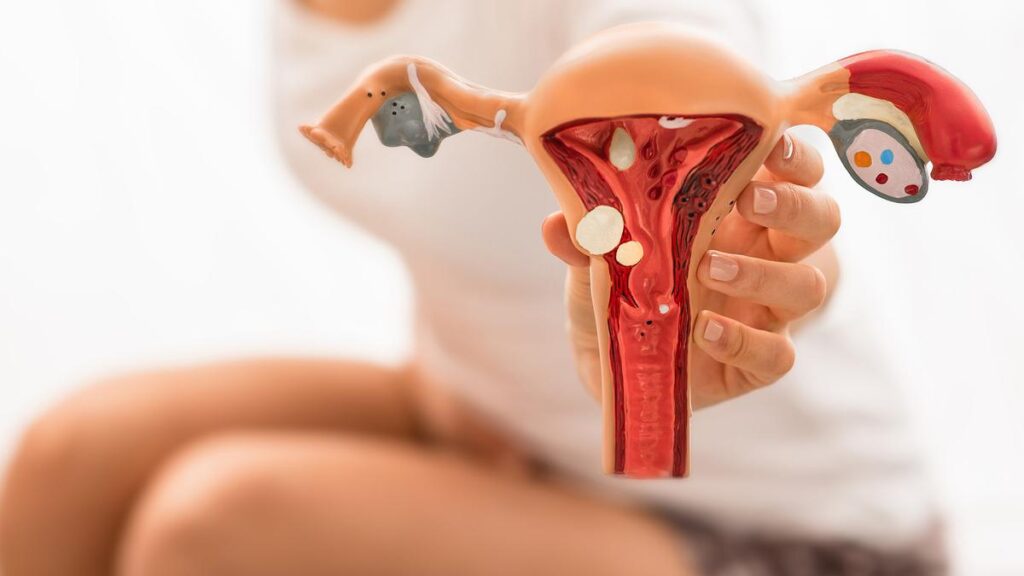970x125
For many Indian women, the twenties involve balancing studies, work, relationships and life choices, with reproductive healthcare often taking a backseat. As the reproductive timeline progresses faster for Indian women compared to other populations, this has impacts not only on fertility but also on broader aspects of women’s health, say experts.
970x125
“Most women produce their best eggs in their twenties,” says N. S. Saradha, senior consultant , obstetrics, gynaecology & IVF, SIMS Hospital, Chennai. “From there, the number and quality of eggs decline more slowly at first, but faster after 35.”
S. Gayathri Devi, clinical director, institute of reproductive medicine, Rela Hospital, Chennai, says that genetics, nutrition, and environmental exposures likely speed up ovarian ageing here. “Women in Western countries women often reach menopause at 51 or 52. In India, it’s 46 to 48,” she says. “This shorter reproductive span means we must be more proactive in checking ovarian reserves early, especially if cycles are irregular, or if conditions like PCOS, fibroids or endometriosis are present.”
A systematic review of Indian studies puts the mean age at natural menopause at 46.6 years (95% CI 44.8–48.4), says Sapna Raina, senior consultant, Narayana Health City, Bengaluru, a difference of three to five years from many high-income countries. “This earlier menopause, combined with longer life expectancy, means Indian women spend more years in a low-oestrogen state. Without intervention, that can magnify the risks of osteoporosis, cardiovascular disease and cognitive decline.”
Beyond infertility: cardiac and orthopaedic risks
When the ovaries fail before 40, it is called premature ovarian insufficiency (POI). And it’s not rare.
“If your ovaries shut down too early, the issue is not just infertility,” says Dr. Saradha. “Bones weaken faster, heart health is compromised, and you may face hot flashes, mood swings, and sleep disturbances far earlier than expected.”
R. K. Vidhya Lakshmi, senior consultant, obstetrics & gynaecology, SRM Global Hospitals, Chennai, says the impact in India can be even harsher. “Osteoporosis and heart disease are already common here, so the consequences of early oestrogen loss are amplified.”
POI can be linked to autoimmune disorders (about 20% of cases), genetic factors such as X chromosome abnormalities, and certain treatments or surgeries, says Dr. Gayathri Devi. “The good news is that timely hormone replacement therapy — oestrogen and progesterone until the natural age of menopause can protect bones and the heart. Coupled with a diet rich in antioxidants, vitamin D, calcium, and regular weight-bearing exercise, women can preserve quality of life.”

The silence around ovarian health
Despite its impact, ovarian ageing has no dedicated government programme in India. It appears in broader initiatives like RMNCH+A – Reproductive, Maternal, Newborn, Child, and Adolescent Health , Rashtriya Kishore Swasthya Karyakram (RKSK), or the National Adolescent Health Programme, family planning missions or cancer/NCD screening.
“This is an area where we need more organised national attention,” says Dr. Saradha.
Professional bodies such as the Indian Society for Assisted Reproduction, the Indian Fertility Society, and the PCOS Society of India are filling some gaps with awareness campaigns and fertility preservation counselling. But their reach is mostly urban. “With infertility rates projected to double in the next decade, integrating ovarian health into public health policy would be a game changer,” says Dr. Gayathri Devi.

Egg freezing and fertility preservation
The most effective way to safeguard fertility is to lock in eggs while they’re still healthy (for individuals prioritising having biological children).
“For women at risk of losing fertility early whether due to family history, upcoming chemotherapy, or pelvic surgery, egg or ovarian tissue freezing is the best available tool,” says Dr. Saradha.
Oocyte and embryo vitrification are now standard in India, offered widely in fertility clinics. Ovarian tissue cryopreservation (OTC), once experimental, is increasingly available for cancer patients and even prepubertal girls, says Dr. Raina. In some cases, OTC can restore hormone function after reimplantation.
Dr. Vidhya Lakshmi notes that experimental drugs rapamycin which may slow cellular ageing and regenerative approaches like platelet-rich plasma injections or stem cell therapy are still in research phases. “They’re promising, but not yet ready for everyday clinical use.”

Understanding ovarian timelines
Unlike cancer screening, ovarian health checks are not a routine part of annual exams. But for women with risk factors such as a family history of early menopause, irregular periods, prior ovarian surgery, severe endometriosis, autoimmune disease, smoking, or severe malnutrition experts advise starting with a baseline ovarian reserve assessment in the late twenties to early thirties, using an AMH blood test and an antral follicle count scan.
If results are normal and there are no additional concerns, the test can be repeated every two to three years; if the reserve is borderline or low, annual follow-ups combined with fertility preservation counselling is recommended. Depending on individual circumstances, additional screening for thyroid function, vitamin D levels and insulin resistance may also be helpful.
In the years leading up to menopause, bone density scans and cardiovascular risk profiles become important for guiding preventive care. “Ovarian reserve testing isn’t needed for every woman,” says Dr. Raina. “It’s most useful if you’re delaying pregnancy or have risk factors. The goal is to use this information to make informed choices, not to create panic.”
The conversation about fertility and ovarian health in India has often been couched in societal timelines marriage, childbearing, family expectations. But knowing your biology is about your timeline.
“It’s better to act early with proven methods than wait for experimental ones,” says Dr. Saradha. Experts say, “Every woman deserves the knowledge and tools to decide if, when, and how she wants to become a mother or not at all. That starts with understanding that the ovary has its own clock and that clock is different for Indian women.”
970x125

